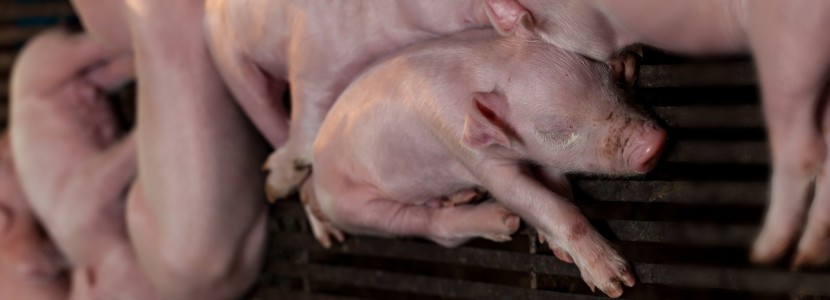 25 Mar 2022
25 Mar 2022
Supplementation in newborn piglets is a key factor to focus on within the pig industry. In the last 10-15 years, there has been a tendency to select the most prolific sows, with litters greater than 12 live/calving piglets or even greater than 15 in some cases.(Guo et al., 2015) This however, results in greater heterogeneity regarding birth weight.
Larger litters have higher energy and nutritional needs as well as greater health challenges (Baxter et al., 2013; Rutherford et al., 2013).
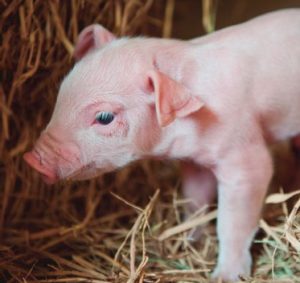
The epidemiology of pre-weaning mortality is complex, however, lack of energy is the main cause.(Lin et al., 2015) Resulting in hypothermia, and leading to mortality due to crushing, weakening, amongst other causes (Cara-mori et al., 2010).
The use of liquid diets enriched with milk and fat, has had good results, positively affecting the growth of small piglets during lactation or after weaning.
This review aims to characterize different feed sources that can contribute to adequate energy supplementation, reducing mortality and improving piglet performance during the lactation phase.
Importance of energy consumption in newborn piglets
![]()
Appropriate energy intake for newborn piglets is especially important for maintaining body temperature.
At 32-34ºC, glycogen stores of piglets that did not have access to colostrum will be scarce within 16 hours (Theil et al. , 2011).
These reserves can be depleted in 10 to 16 hours at 18-26ºC, depending on the environmental and body conditions of the piglet at birth.
The consequences of the depletion of this energy source are hypoglycemia, hypothermia and death (Xu and Cranwell, 2003). The first three days of life are considered the most critical phase. This is due to the challenge of maintaining energy balance, when the energy source is quickly depleted.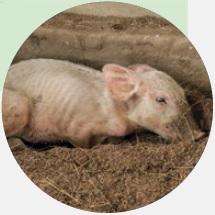
[register]It is known that with litter size increases, there is greater competition for colostrum and milk. Which many times leads to some piglets not being able to ingest sufficient quantities.
Thus, vegetable oils have been studied with the aim of improving energy intake and immune system response in newborns (Santos et al. , 2015; Turner et al. , 2015).
During the first days of life, high levels of lactase activity within the small intestine favor the use of dairy substitutes as an alternative energy source. (Xu and Cranwell, 2003).
These nutrients have also shown to be efficient in improving performance and immunity through their amino acids’ contribution. Which supports their use during this early stage.
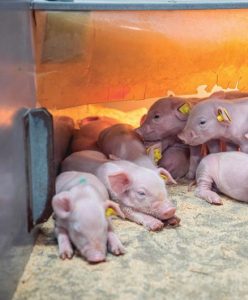
Use of lipid sources in nutritional supplementation of piglets
Colostrum contains approximately 3.5% lactose and 5.9% fat. Both of these are quickly available for metabolism and heat production (Xu and Cranwell, 2003).
 Medium-chain fatty acids (MCFAs) present in milk fat, are quickly digested and passively absorbed without being hydrolyzed by lipase. In addition to the latter, these do not require the action of L-carnitine to enter the mitochondria (Odle et al., 1989).
Medium-chain fatty acids (MCFAs) present in milk fat, are quickly digested and passively absorbed without being hydrolyzed by lipase. In addition to the latter, these do not require the action of L-carnitine to enter the mitochondria (Odle et al., 1989).
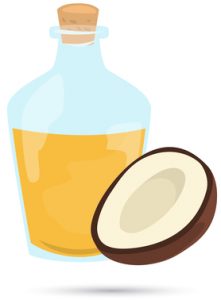
In newborn piglets, oral supplementation with coconut fat (composed of MCFAs) during the first 12 hours can provide better survival conditions with a reasonable energy intake and without a decrease in colostrum consumption (Chiang et al., 1989).
Benevenga et al. (1989) suggested that medium-chain triglycerides can be used as a supplementary energy source for low birth weight piglets. This is not the case for medium-weight piglets (≤1200kg) which do not benefit from fatty acid supplementation in the same manner. Subsequently, Domingues (2001) observed a numerical increase in total serum protein values for piglets supplemented with coconut fat.
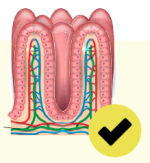
MCFAs are also studied because they have protective effects on intestinal structure. Resulting in increased villus height, reduced crypt depth, and an increased villus/crypt ratio (Diericket et al., 2003).
Different concentrations of n-3 and n-6 PUFAs were observed in sow milk. Such observations were made in studies where sows received n-3 PUFA supplements at the beginning or end of gestation and continued to receive supplements until at least 14 days after calving (Boudry et al. , 2009; Binter et al., 2011).
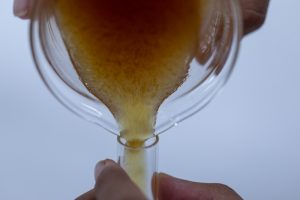
Pure glycerol is an energy-rich product (3682 kcal EM/kg for freshly weaned piglets), which can be easily digested and metabolized (Kerr et al., 2009). In addition to this, several studies evidenced positive effects of glycerol on amino acid retention as cited by Cerrate et al. (2006),
Several studies have been conducted on the use of glycerol as an energy source for pigs, from the transition stage to growth and completion. Being able to demonstrate the great potential of this product as an energy source (Lammers et al., 2008; Zijlstra et al., 2009; Kerr, 2011).
Once absorbed, glycerol can be converted to glucose through gluconeogenesis or oxidized for energy production through glycolysis and the Krebs cycle (Guyton and Hall, 2006).
![]()
Escudos et al. (2011) reported that supplementation with 5% glycerol reduced blood urea, suggesting better nitrogen use compared to diets containing 0 or 10% glycerol.

Final considerations
Rapid evolution of genetics within the pig industry needs to be accompanied with technological innovations at the nutritional level. Literature on newborn piglet supplementation is varied and should be related to the different sources used, such as carbohydrates, lipids and/or amino acids.
Nontheless, energy supplementation soon after birth is viable. This is especially true for piglets that are born with low weight. Making a contribution towards the best use of these animals’ genetic potential.
[/register]
Subscribe now to the technical magazine of animal nutrition
AUTHORS
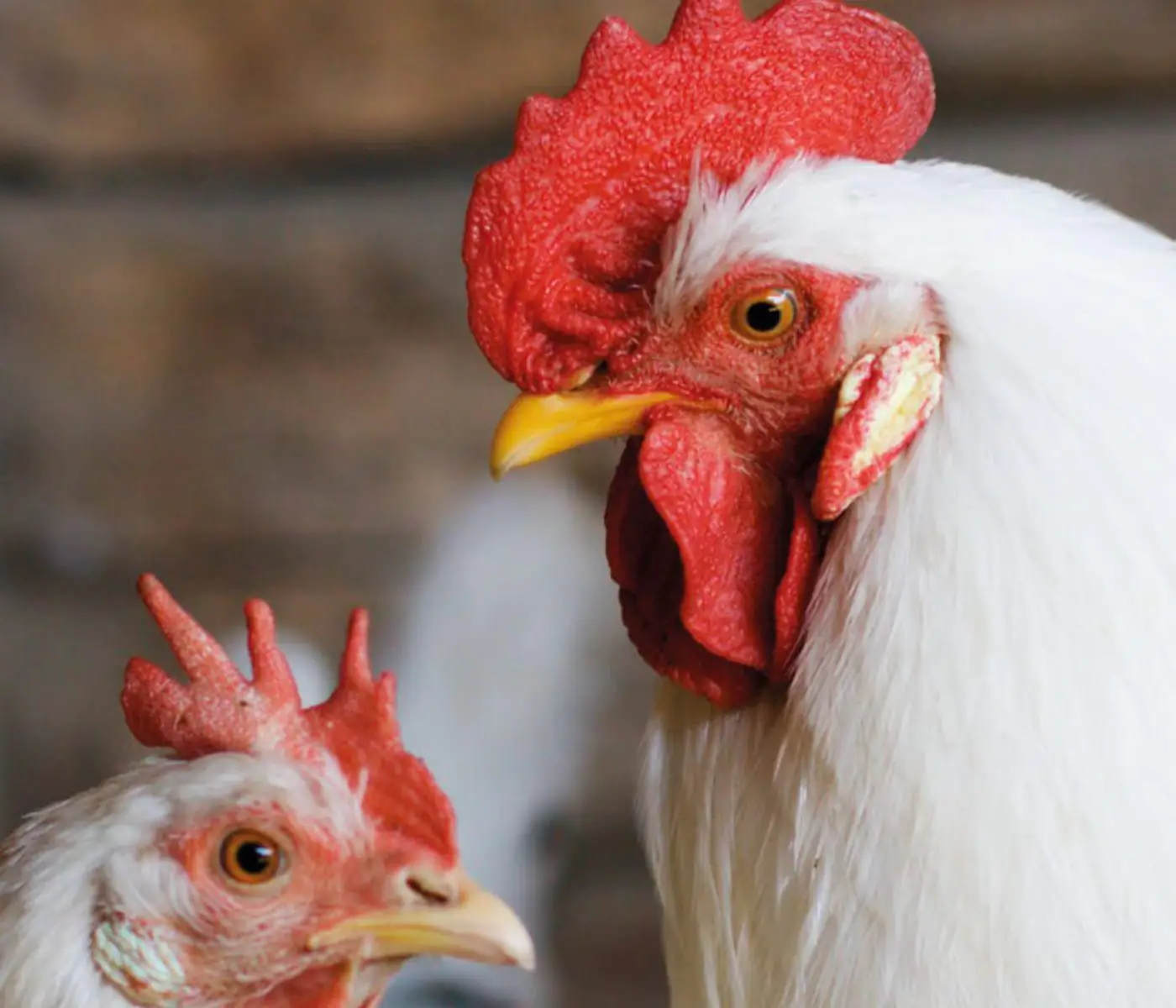
Nutritional Interventions to Improve Fertility in Male Broiler Breeders
Edgar Oviedo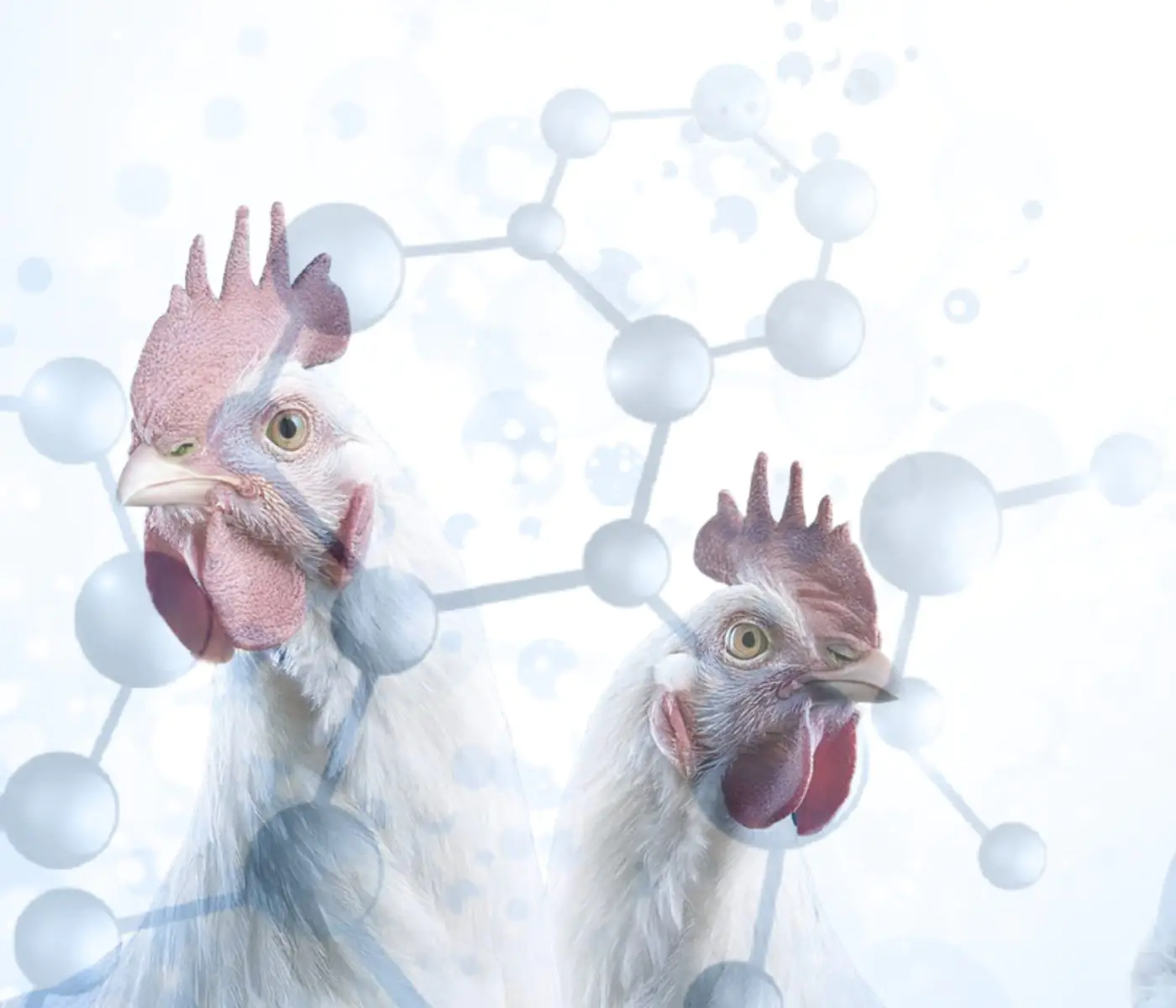
The Use of Organic Acids in Poultry: A Natural Path to Health and Productivity
M. Naeem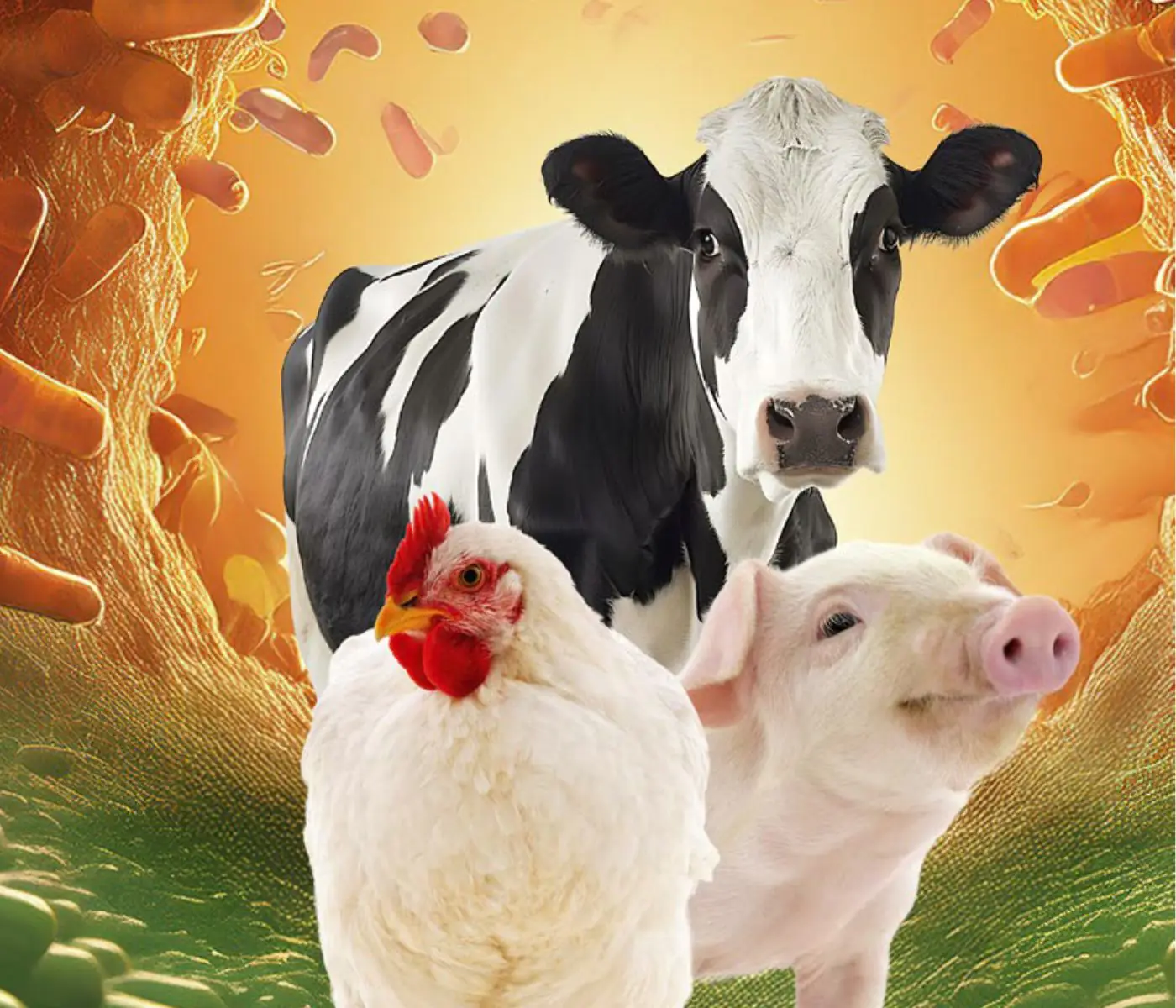
Synergistic Benefits of Prebiotics and Probiotics in Poultry, Swine, and Cattle
Gustavo Adolfo Quintana-Ospina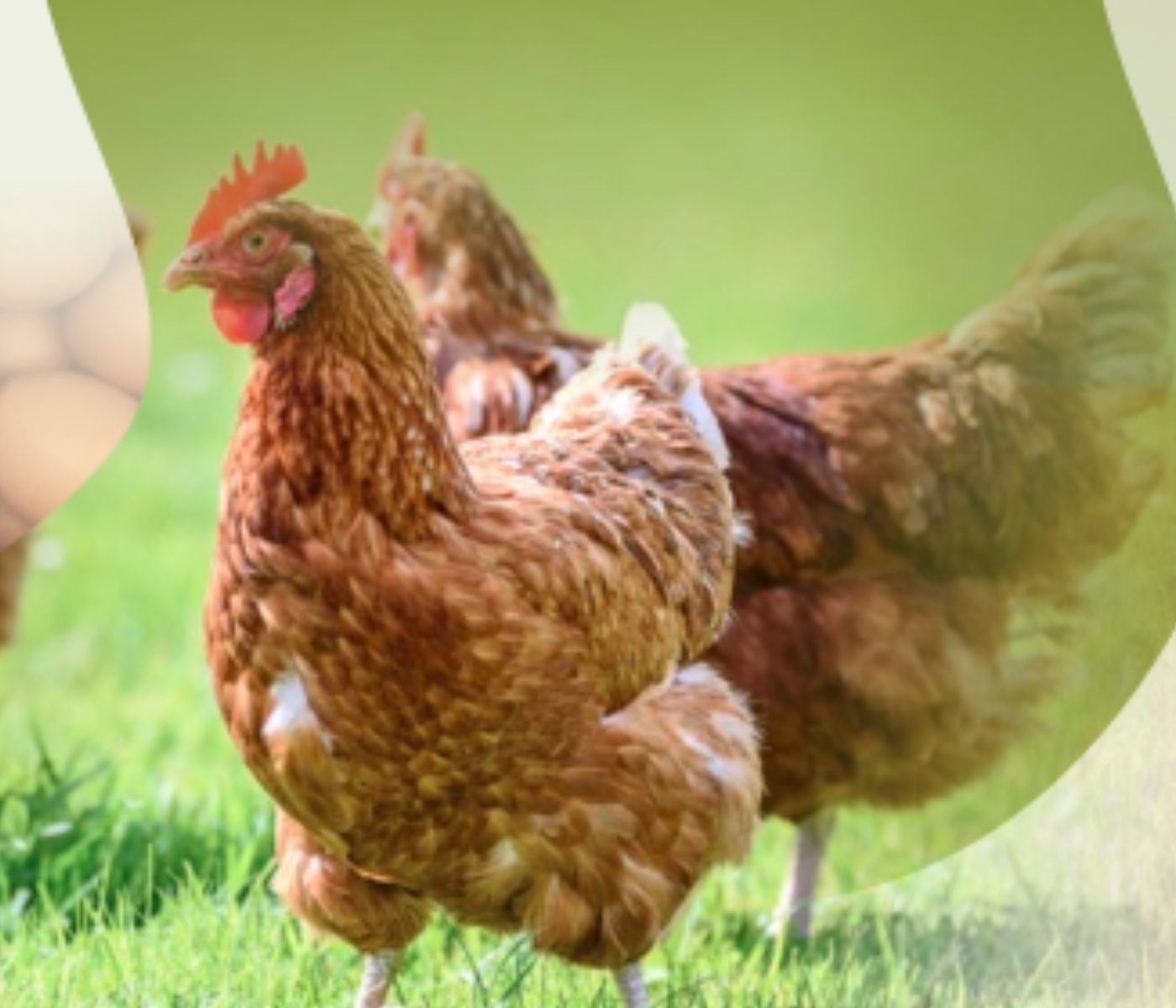
Hybrid Rye Potential in Laying Hen Feed Rations
Gwendolyn Jones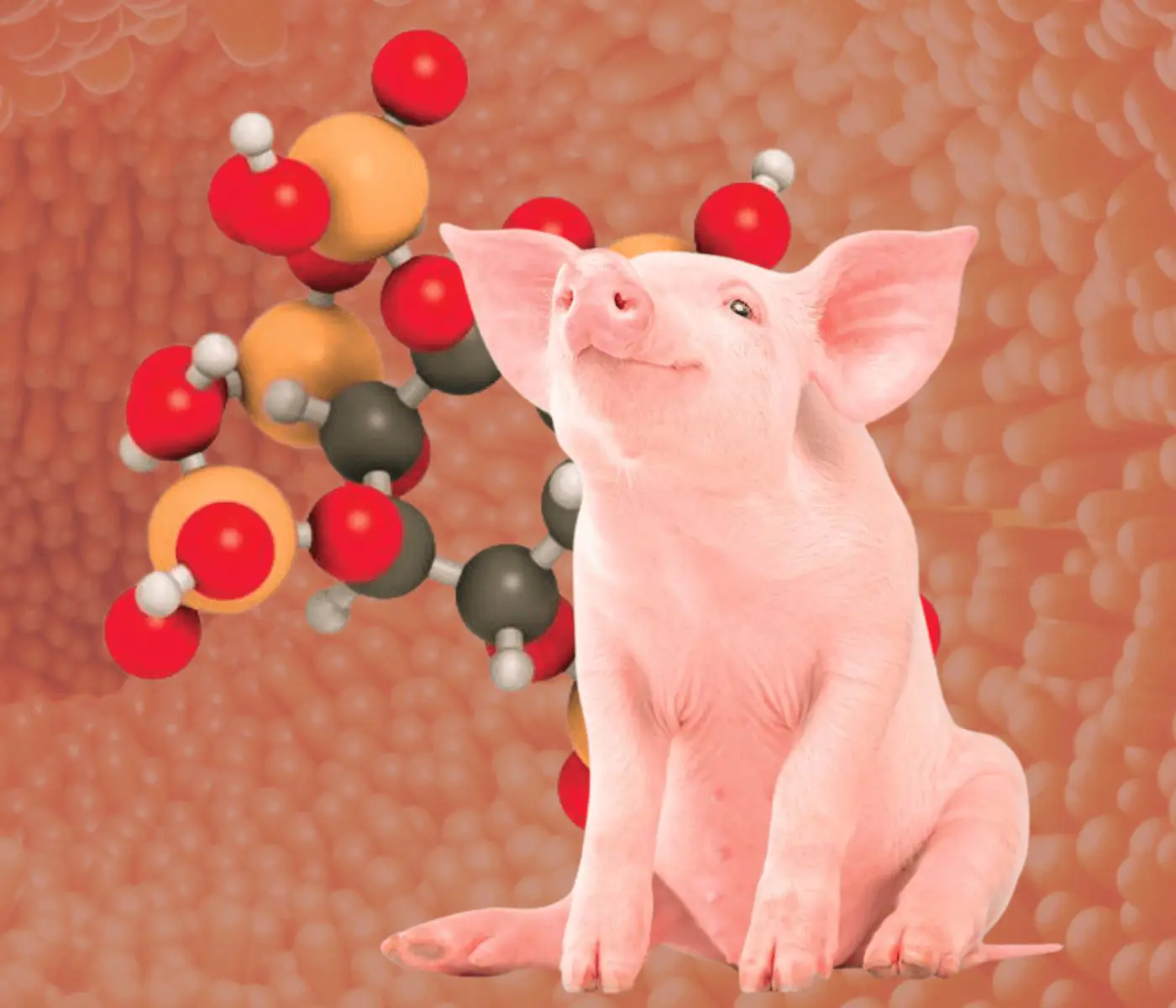
A day in the life of phosphorus in pigs: Part I
Rafael Duran Giménez-Rico
Use of enzymes in diets for ruminants
Braulio de la Calle Campos
Minerals and Hoof Health in the Pregnant Sow
Juan Gabriel Espino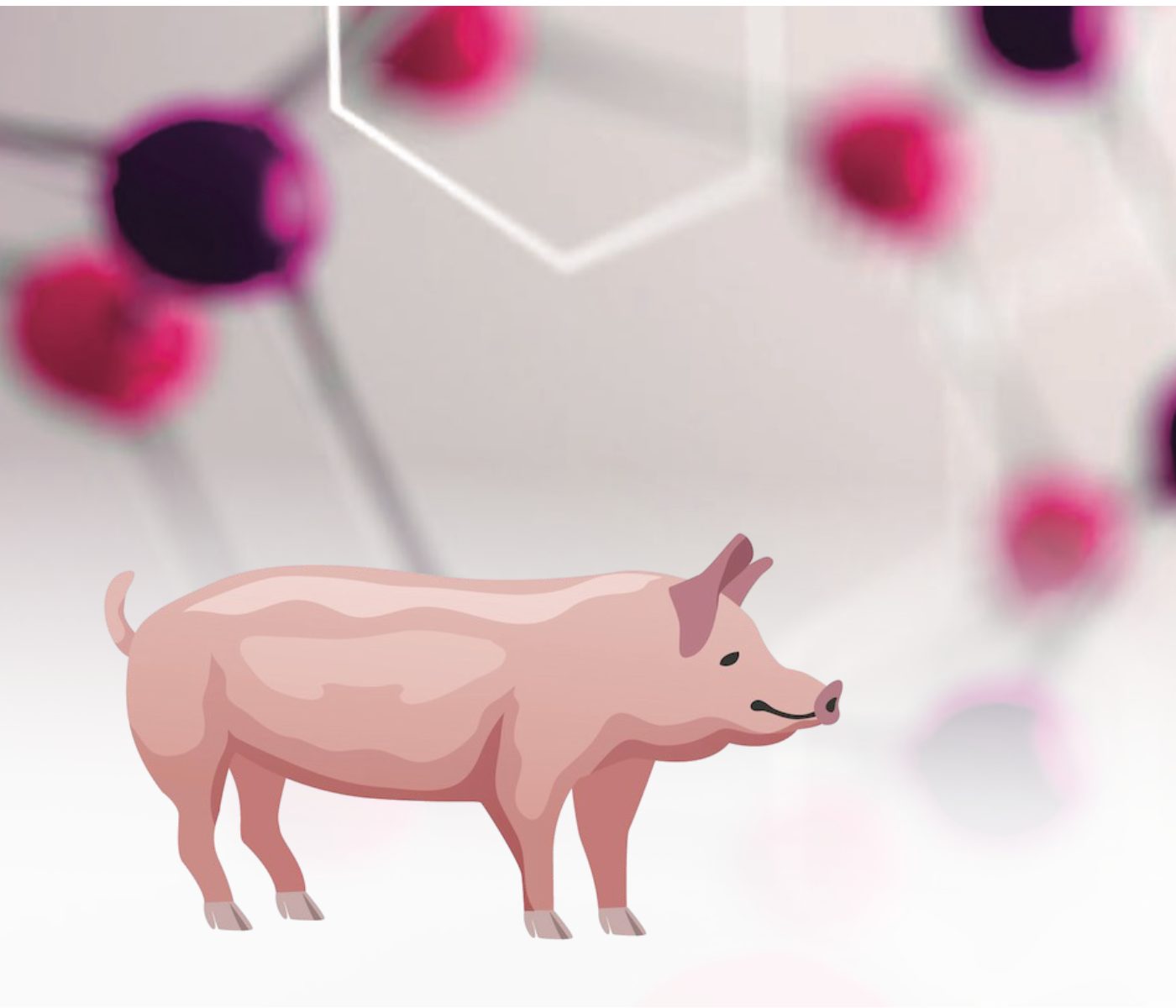
Impact of Oxidized Fats on Swine Reproduction and Offspring
Maria Alejandra Perez Alvarado